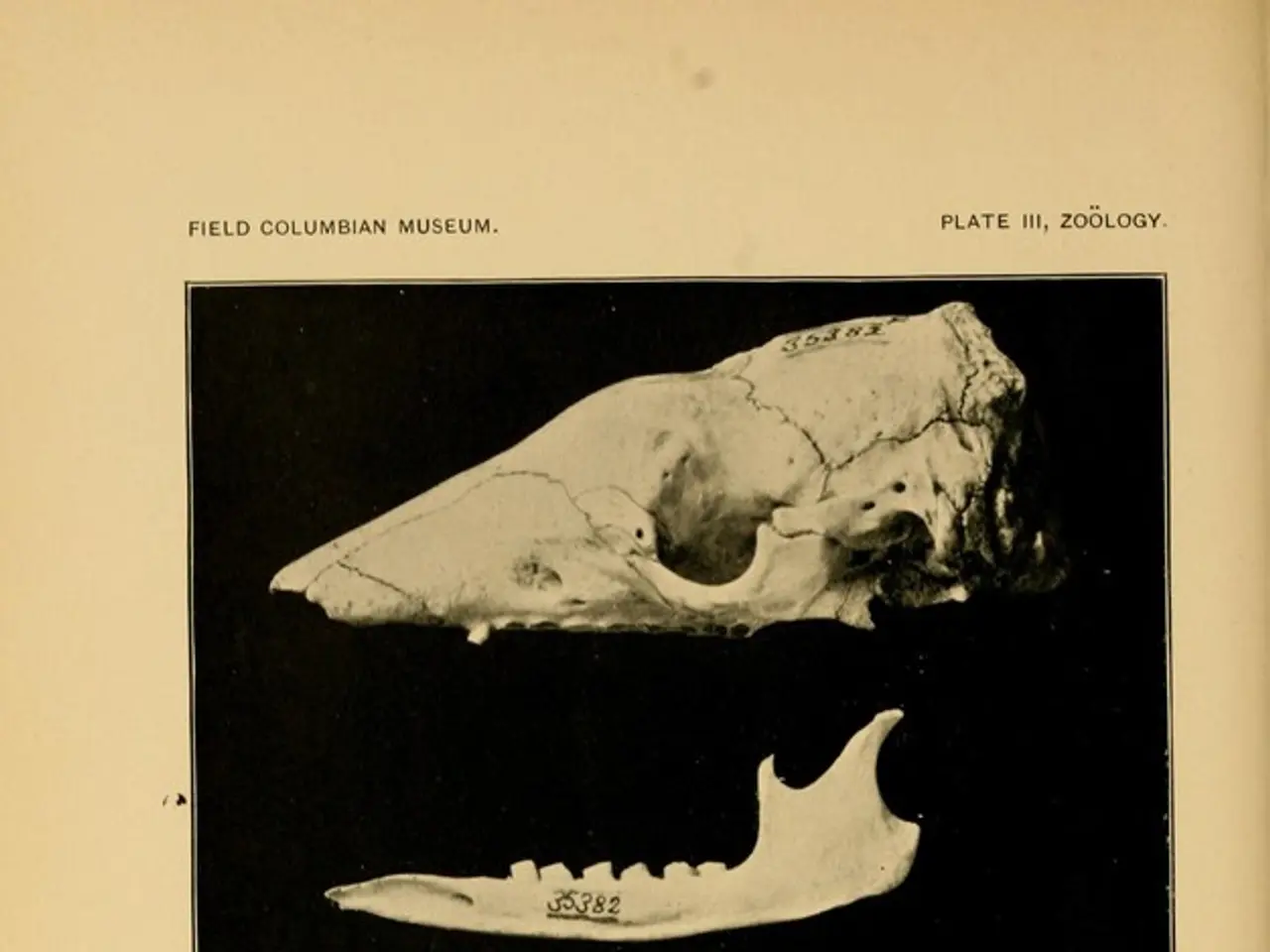Obesity with muscle loss: Description, causes, and remedies
Sarcopenic obesity, a combination of high body fat and significant muscle loss, is a growing health concern that affects many individuals, particularly older adults. This condition is characterised by the simultaneous presence of reduced muscle mass and increased fat mass, which exacerbates risks for various medical conditions.
A BMI greater than or equal to 30, a body fat percentage of greater than 30% for females and 102 cm for males for waist circumference, or a BMI over 35 with another severe condition may indicate obesity. If a person's BMI is over 40, doctors may recommend surgery.
Sarcopenic obesity is closely linked to several common medical conditions. Cardiovascular disease (CVD) shares pathophysiological mechanisms with sarcopenic obesity, and people with the condition often have increased adiposity that contributes to cardiovascular risk. This association suggests a bi-directional relationship where sarcopenia and obesity worsen cardiovascular outcomes.
Metabolic syndrome is another condition often found in sarcopenic obesity. This cluster of conditions includes insulin resistance, hypertension, dyslipidemia, and abdominal obesity, increasing risks for diabetes and other metabolic disorders.
The combination of muscle loss and fat gain can also lead to malnutrition risk. This link between sarcopenic obesity and poor nutritional status or malnutrition can complicate clinical outcomes.
Sarcopenic obesity may also contribute to increased perioperative complications such as pressure ulcers, pulmonary infections, and organ dysfunction. The syndrome is associated with impaired physical function and increased mortality risk.
Doctors use a two-stage system to diagnose the severity of sarcopenic obesity, with stage 2 indicating one or more related complications such as metabolic diseases, cardiovascular diseases, respiratory diseases, higher incidence of falls, higher likelihood of bone fractures, muscle pain and weakness, joint pain, loss of independence, and a higher risk of complications after surgeries.
Diet and exercise interventions can help treat sarcopenic obesity. Eating a calorie-controlled diet, aerobic exercise, strength training, eating more protein, taking calcium and vitamin D supplements, and working with a dietitian and a doctor to develop a fitness plan are all essential for treating this condition.
People who are concerned they might have sarcopenic obesity should contact a doctor for professional support. Doctors consider body fat and muscle strength when diagnosing sarcopenic obesity. It's important to note that the term "male" or "female" in this context refers to sex assigned at birth.
There is some evidence that sarcopenic obesity may affect mortality risk. However, more research is needed to fully understand the impact of this condition on health and longevity.
In conclusion, sarcopenic obesity is a complex health issue that requires comprehensive assessment and management. By understanding the risks associated with this condition, individuals can take steps to improve their health and reduce their risk of developing sarcopenic obesity.
- The growing health concern, sarcopenic obesity, is characterized by reduced muscle mass and increased fat mass, which escalates risks for various medical conditions.
- A BMI greater than or equal to 30, a body fat percentage of greater than 30% for females and 102 cm for males for waist circumference, or a BMI over 35 with another severe condition may indicate obesity.
- Cardiovascular disease (CVD) shares pathophysiological mechanisms with sarcopenic obesity, and people with the condition often have increased adiposity that contributes to cardiovascular risk.
- Metabolic syndrome, which includes insulin resistance, hypertension, dyslipidemia, and abdominal obesity, is another condition often found in sarcopenic obesity.
- The combination of muscle loss and fat gain can also lead to malnutrition risk, complicating clinical outcomes.
- Sarcopenic obesity is associated with impaired physical function, increased mortality risk, and increased perioperative complications such as pressure ulcers, pulmonary infections, and organ dysfunction.
- Doctors use a two-stage system to diagnose the severity of sarcopenic obesity, with stage 2 indicating one or more related complications such as metabolic diseases, cardiovascular diseases, respiratory diseases, higher incidence of falls, higher likelihood of bone fractures, muscle pain and weakness, joint pain, loss of independence, and a higher risk of complications after surgeries.
- Diet and exercise interventions, including eating a calorie-controlled diet, aerobic exercise, strength training, eating more protein, taking calcium and vitamin D supplements, and working with a dietitian and a doctor to develop a fitness plan, can help treat sarcopenic obesity.




